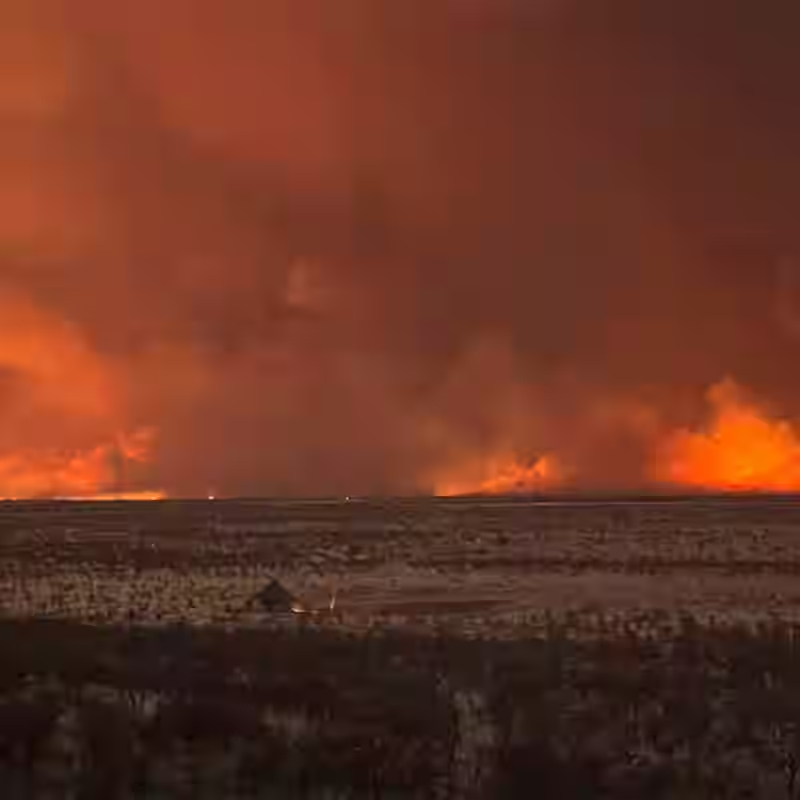Unprecedented Blaze Threatens Africa’s Wildlife Sanctuary
A massive wildfire has scorched more than 35% of Etosha National Park—one of Africa’s most treasured wildlife reserves—raising alarms among conservationists and tourism officials. The fire, fueled by record-high temperatures and prolonged drought, has burned across an estimated 8,000 square kilometers of savannah, woodland, and salt pan ecosystems in northern Namibia.
Why Etosha Matters
Established in 1907, Etosha is home to over 114 mammal species and 340 bird species, including endangered black rhinos, lions, elephants, and cheetahs. It draws more than 200,000 tourists annually, making it a cornerstone of Namibia’s $1.5 billion ecotourism economy.
Fire Impact Snapshot
| Metric | Detail |
|---|---|
| Total Park Area | 22,912 km² |
| Burned Area | ~8,000 km² (35%) |
| Wildlife at Risk | Black rhino, lion, elephant, gemsbok, springbok |
| Human Casualties | None reported (as of Sept. 30, 2025) |
| Containment Status | Partially contained; dry winds hampering efforts |
What Sparked the Disaster?
- Climate conditions: Namibia is experiencing its worst drought in 40 years, with temperatures exceeding 42°C (108°F).
- Possible ignition: Authorities suspect lightning or human activity near park boundaries.
- Rapid spread: Dry grasses and high winds allowed flames to race across the flat Etosha pan at speeds up to 15 km/h.
Infographic: Etosha Before and After the Fire

Credit: The New York Times
- Early September: Drought conditions intensify; fire warnings issued.
- Sept. 22: Fire ignites near western boundary near Okaukuejo.
- Sept. 27: Flames reach central waterholes—critical wildlife refuges.
- Sept. 29: Namibian Defense Force deploys helicopters for aerial water drops.
Conservation Crisis or Natural Reset?
While the scale is alarming, some ecologists note that fire is a natural part of savannah ecology. “Grasslands regenerate quickly,” said Dr. Lena Nkosi of the University of Namibia. “But if key trees and water-dependent species are lost, recovery could take decades.”
Still, the timing is dire: the fire coincides with peak calving season, leaving young antelope and zebra especially vulnerable.
Tourism and Economic Fallout
Several lodges near the park have suspended operations. International tour operators are rerouting safaris to Botswana and South Africa. The Namibian government estimates tourism losses could exceed $50 million in Q4 2025.
For more on climate-driven disasters in Africa, see our coverage on [INTERNAL_LINK:african-wildfires].




